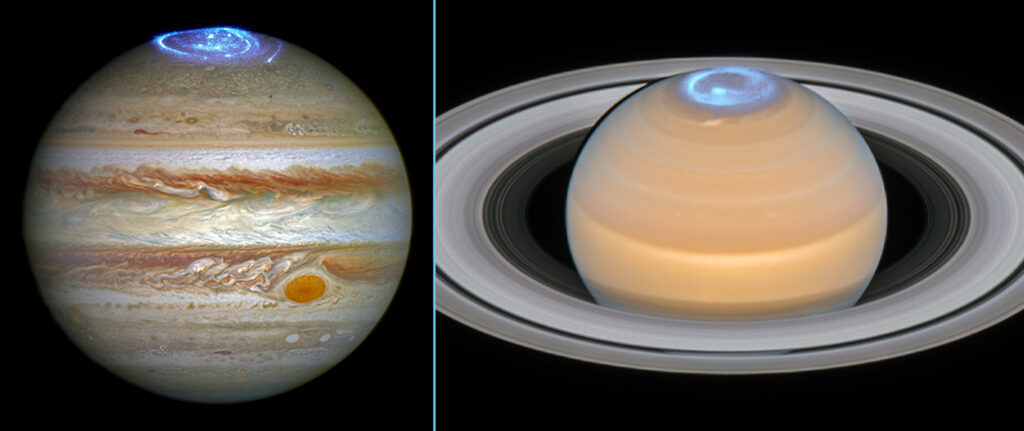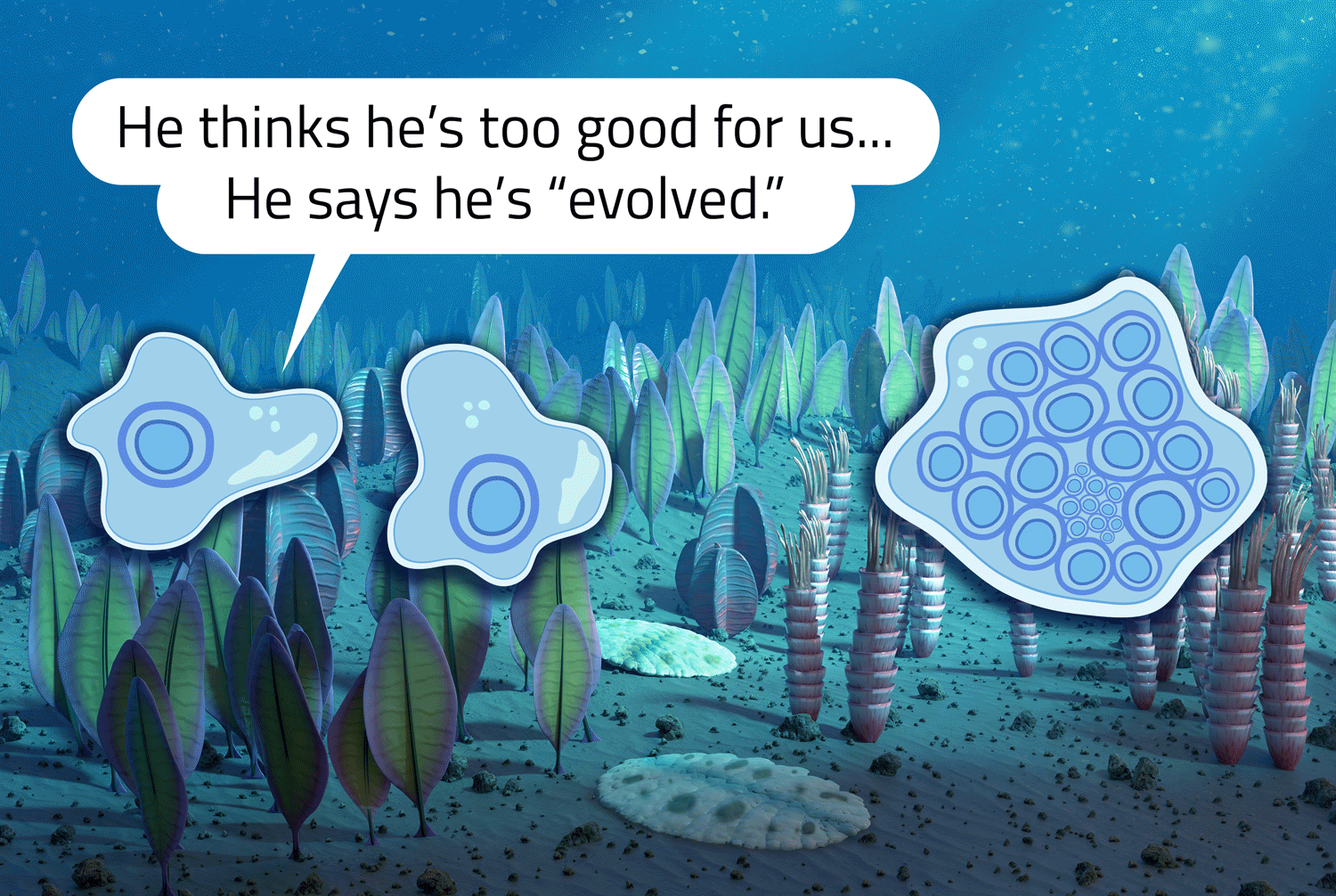A Light Show in the Sky
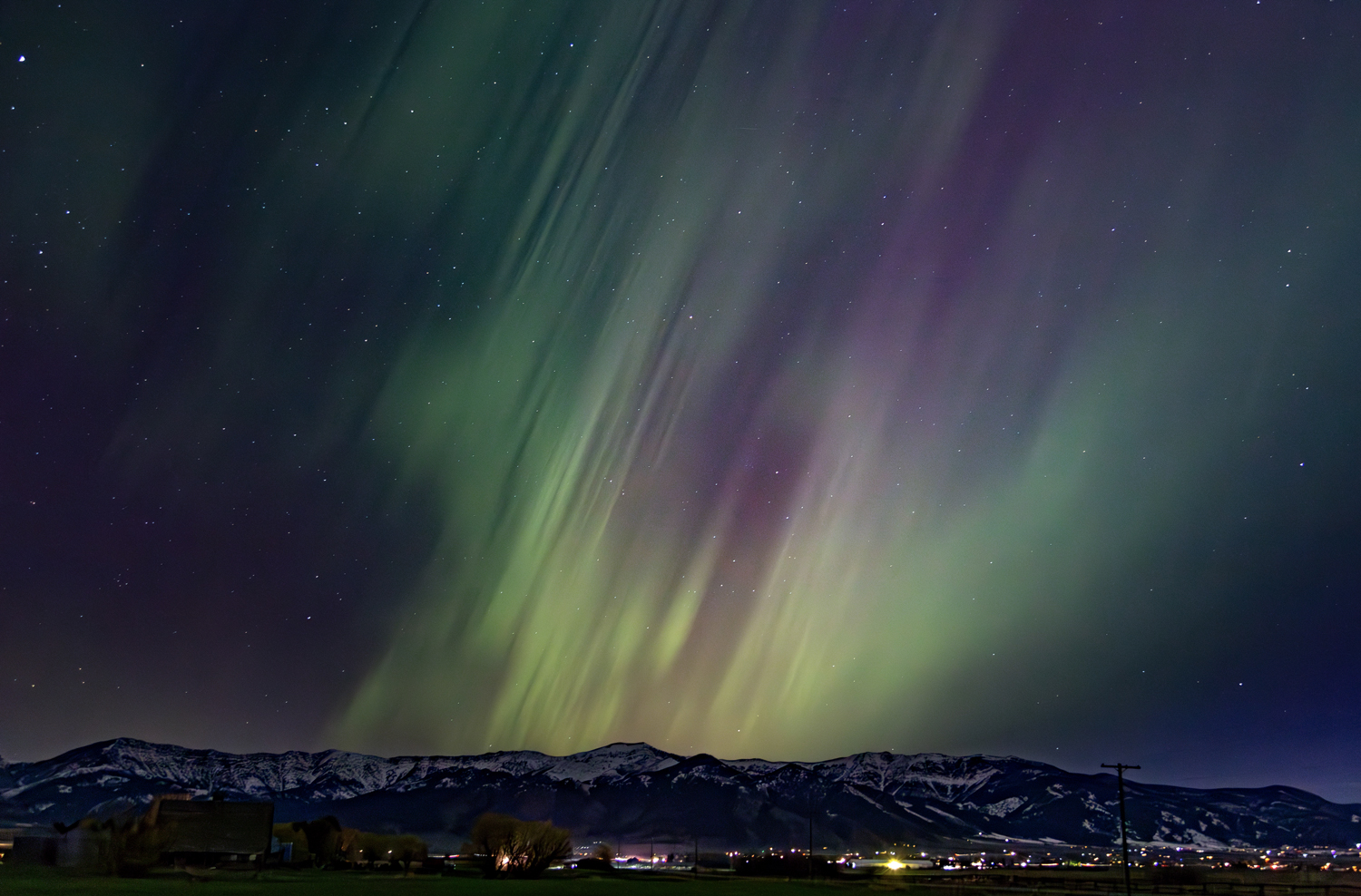
James Pendleton/USDA
This photo shows the aurora borealis as it appeared in Montana on May 10, 2024.
Who needs movies or video games when there’s a light show happening in the sky? For several days starting on May 10, an aurora borealis, also called the northern lights, was visible in a large part of the Northern Hemisphere. And the light show may soon return.
During an aurora, the night sky lights up with a beautiful display of bright pink, purple, and green colors. Sometimes the colors flash, flicker, or shift. Auroras occur due to activity on the Sun, such as solar flares (which are basically huge explosions) and coronal mass ejections (which are ejections of electrical charged particles). When charged particles from the Sun seep into Earth’s atmosphere, there can be geomagnetic storms that appear in the sky as auroras. Auroras are fairly common in the far northern and southern parts of our planet.
But in May, two massive sunspots produced particularly strong solar flares, spawning a geomagnetic storm so intense that the northern lights could be seen as far south as the southern regions of North America, Europe, and Asia.
People all over the Northern Hemisphere ventured outside to catch a glimpse of the light show. No two auroras are the same; the sky gives a different show every time, which is why even seasoned aurora viewers were captivated.
“I’ve never seen so many vivid colors dancing across the sky,” United Kingdom resident Daisy Dobrijevic told Space.com. Dobrijevic, a Space.com editor, has seen auroras in northern Sweden, where they’re more common. But it was special to witness one so close to home. “What a tremendous treat indeed,” she said.
People who missed the mid-May aurora might not be out of luck. Since the sunspots continue to do their thing, scientists say more auroras could decorate the night sky in 2024.
Check out the slideshow for more photos from the aurora borealis!
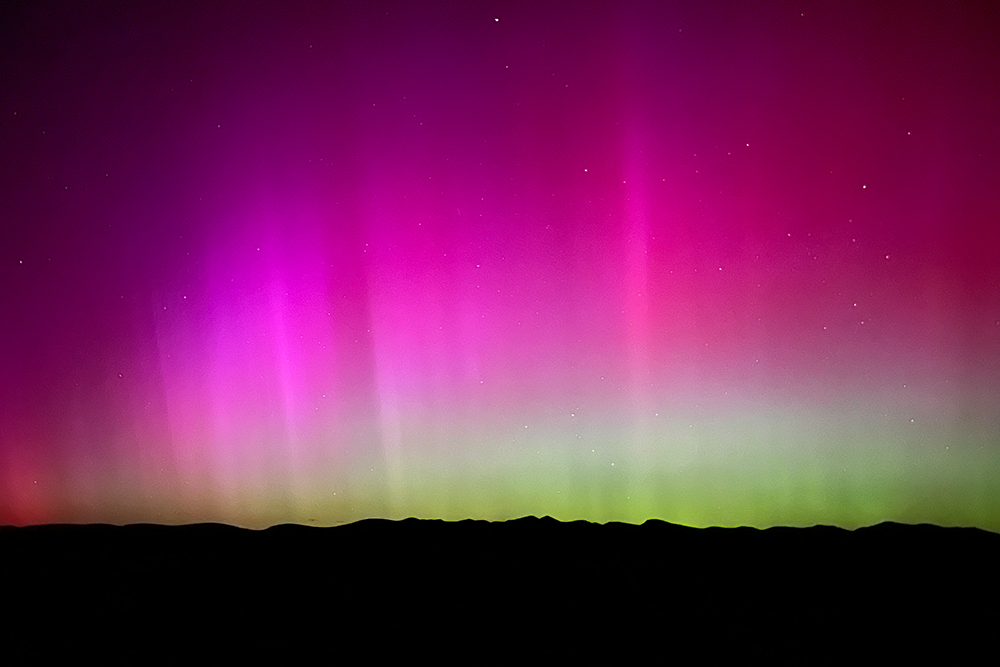
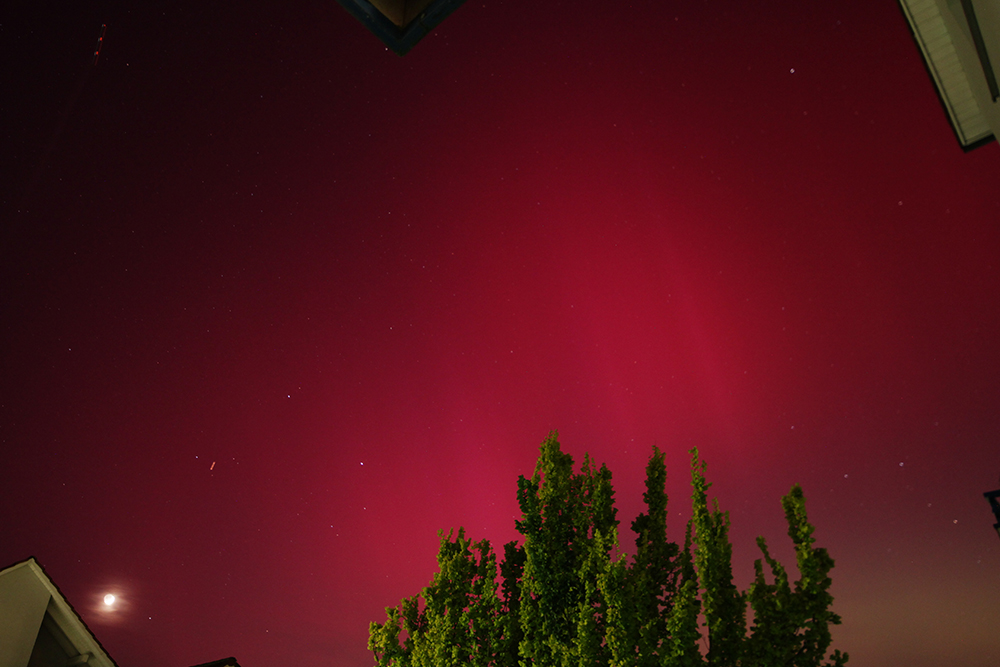
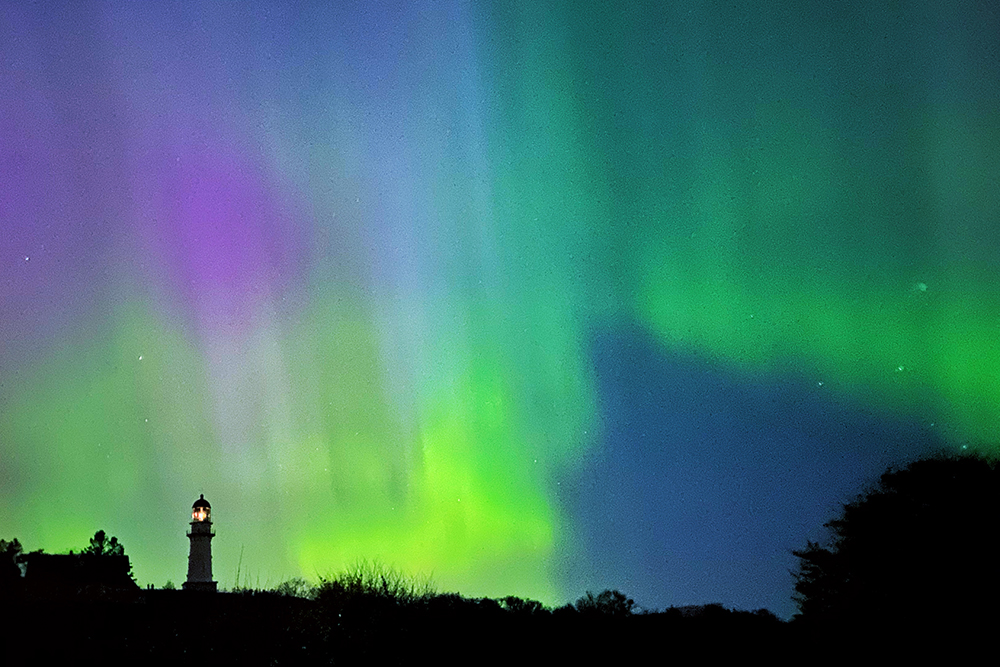
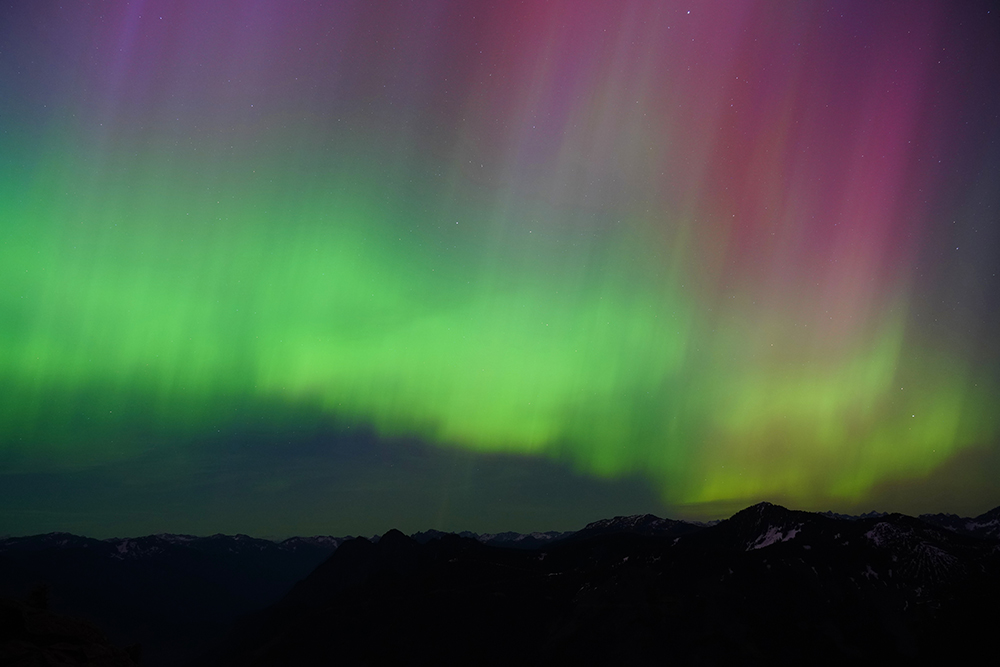
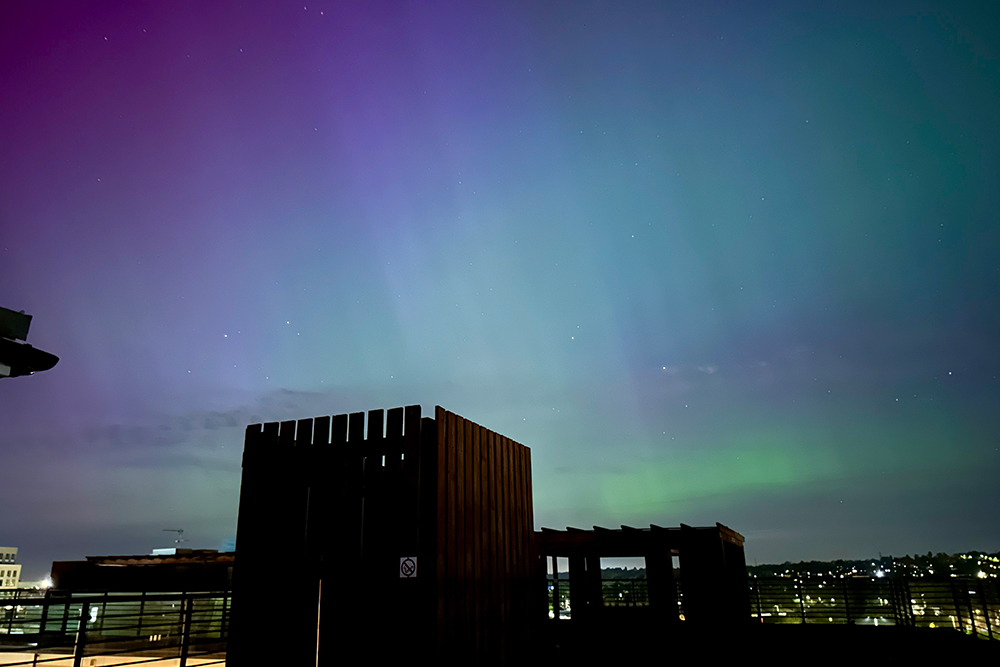
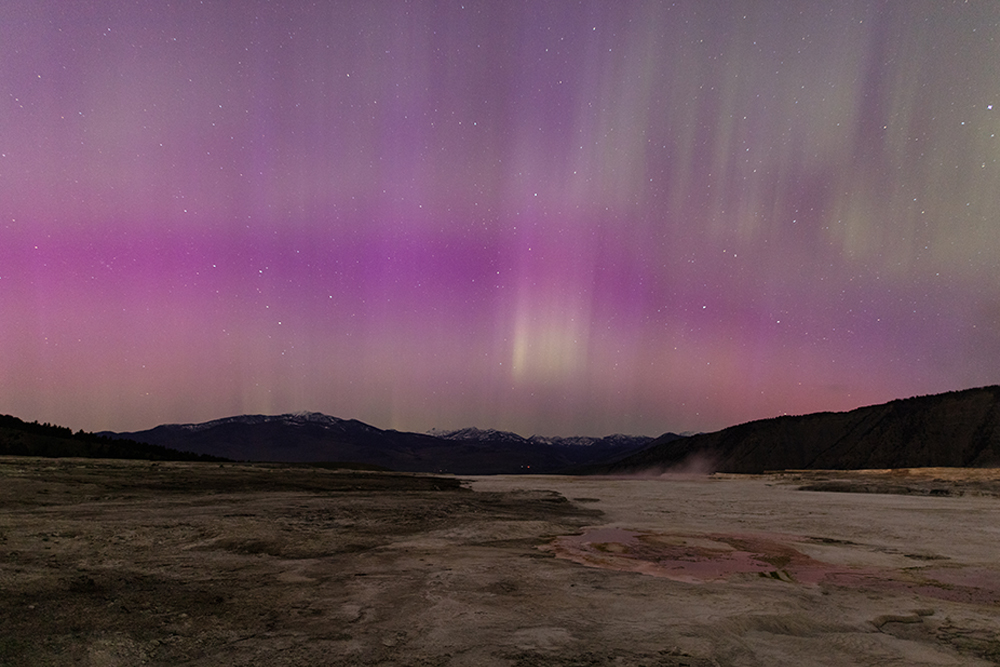
Ken Lund (CC BY-SA 2.0), Michael S. (lostincode), ercwttmn (CC BY-ND 2.0), Matt Brown (CC BY 2.0), Martin Bravenboer (CC BY 2.0), Jacob W. Frank/NPS
